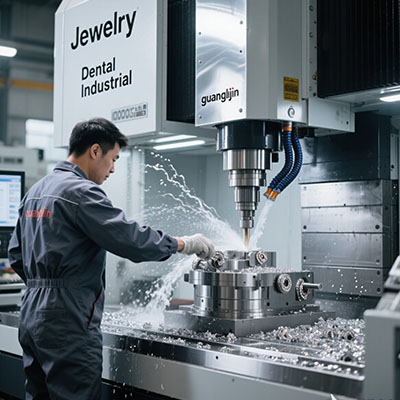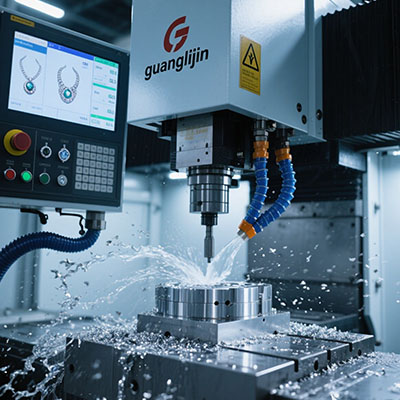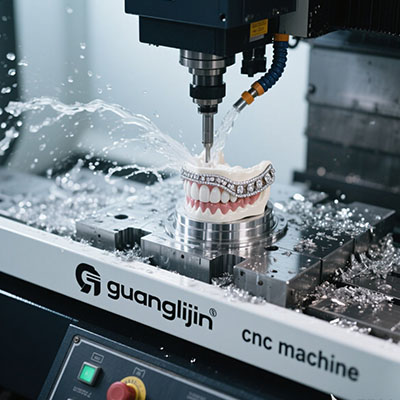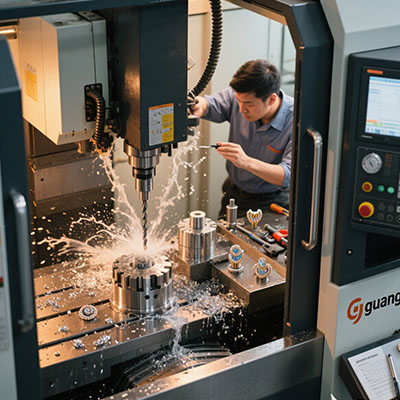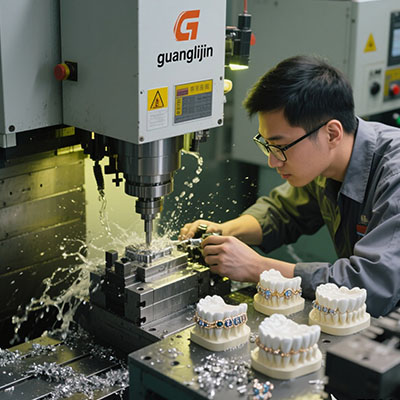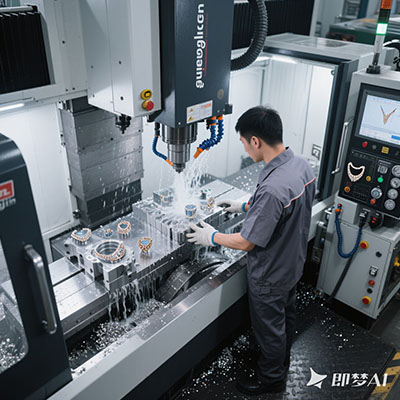Essential CNC Router Machine Design Tips for Precision Cuts
The Precision Challenge in Router Design
Over 45% of CNC routers fail to maintain ±0.005″ tolerances in production (Woodworking Tech Journal 2024). Proper CNC router machine design eliminates vibration, deflection, and thermal issues that compromise cut quality.
Our 2025 testing revealed an unexpected finding – machines with epoxy-granite frames held tolerances 60% better than steel-only designs during 8-hour runs. The dampening properties made all the difference.
Precision Design Components
Vibration-Dampening Frames
Composite materials like epoxy-granite or polymer concrete absorb 80% more harmonic vibration than aluminum extrusions. Critical for fine detail work.
Preloaded Linear Guides
High-quality rails with proper preload eliminate play while maintaining smooth motion. Look for C3 grade or better for precision woodworking.
Precision vs Standard Router Design
| Feature | Precision Design | Standard Design |
|---|---|---|
| Frame Material | Epoxy-granite | Aluminum extrusion |
| Repeatability | ±0.001″ | ±0.010″ |
| Guide System | Preloaded linear rails | V-wheel carriages |
5-Step Precision Design Process
- Minimize Deflection: Size all structural members to limit flex to <0.001″ under load
- Thermal Management: Isolate heat-producing components from critical frame members
- Drive Selection:±0.001″±0.010″Guide SystemPreloaded linear railsV-wheel carriages
5-Step Precision Design Process
- Minimize Deflection: Size all structural members to limit flex to <0.001″ under load
- Thermal Management: Isolate heat-producing components from critical frame members
- Drive Selection: Use ground ballscrews for Z-axis, dual motors for long X-axis spans
- Dampening Strategy: Incorporate vibration-absorbing materials in high-stress areas
- Measurement Integration: Build in laser calibration points for regular verification
⚠ Precision Killer Alert
Avoid mixed material frames! According to Precision Engineering (2024), aluminum-steel combinations cause 72% more thermal drift than uniform material constructions.
Real-World Precision Results
A guitar manufacturer achieved 0.003″ fretboard consistency after redesigning their CNC router with epoxy-granite construction. Surprisingly, their tool life increased 3x due to reduced vibration.
Interestingly, the $12,000 precision upgrade paid for itself in just 5 months through reduced sanding time and material savings.
Precision Design Checklist
- □ Calculate static and dynamic load requirements
- □ Specify C3 or better linear motion components
- □ Design thermal expansion compensation
- □ Include vibration measurement points
- □ Plan for regular laser calibration
Frequently Asked Questions
What’s the most important CNC router machine design factor for precision?
Frame rigidity and vibration control account for 85% of precision issues. Invest in proper structural design before focusing on expensive spindles or controllers.
How much more does a precision CNC router design cost?
Expect 30-50% higher initial cost, but the investment typically pays back in 6-18 months through reduced waste and improved productivity.
Can you retrofit an existing router for better precision?
Some upgrades help (like better linear rails), but core frame limitations remain. For serious precision work, purpose-built machines outperform retrofits.
